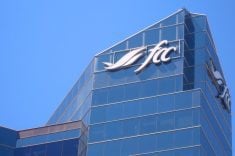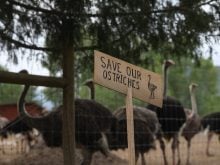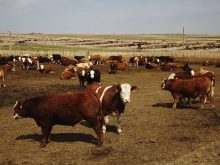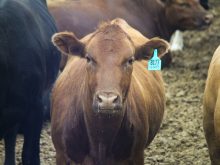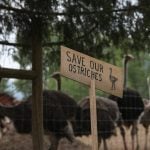There’s lots of chatter about reducing phosphorus emissions, about moving to open housing for sows, and about making hog production more sustainable.
But for farmers, any changes in production methods need to be carefully studied before taking the plunge.
That’s what University of Manitoba researchers hope they can achieve with new equipment for the National Centre for Livestock and the Environment.
“What are the costs here? What are the pros and cons here? What is the bottom line,” said researcher Laurie Connor about the work she is conducting at the centre’s barns, which are at the university’s Glenlea farm.
Read Also
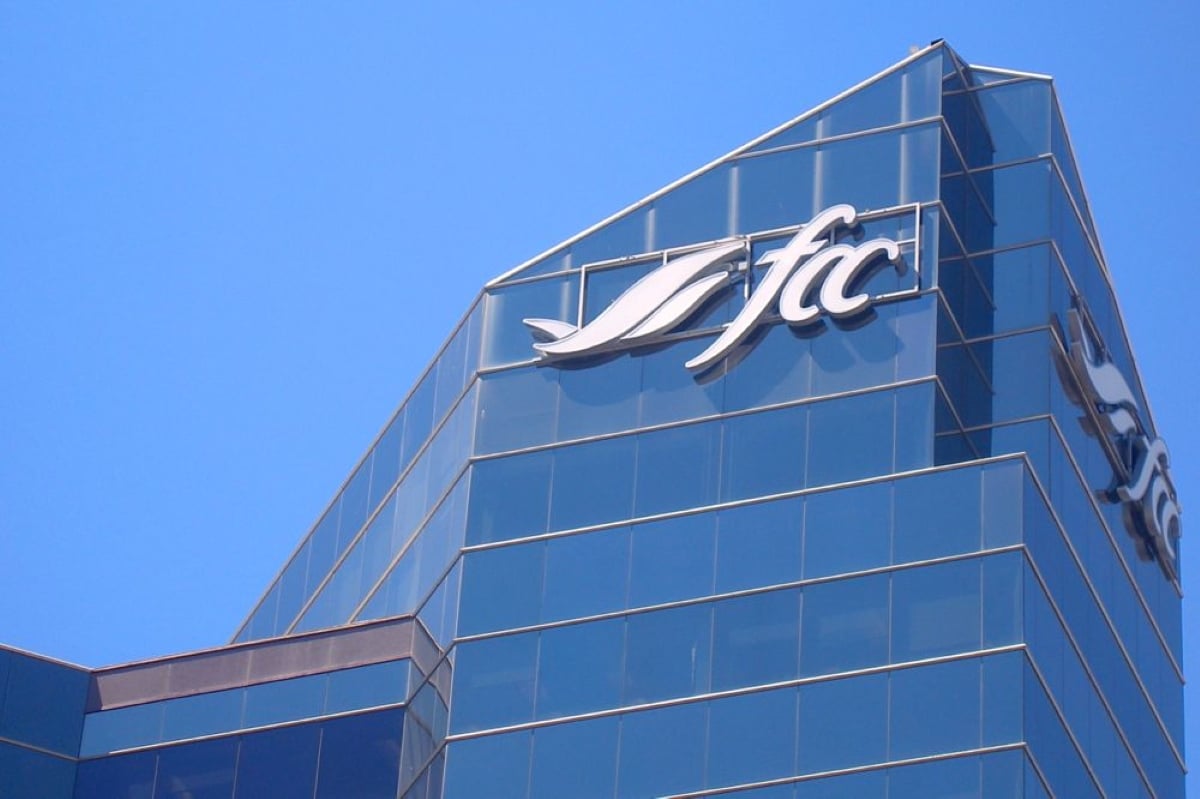
Lending policy still focused on primary producers: Farm Credit Canada
Farm Credit Canada said it has not changed its business practices and remains committed to supporting all producers, after a report from an Ottawa-based media outlet claimed otherwise.
The centre has just received about $200,000 from the federal government for new equipment to allow it to better control hog feed intake.
The electronic feeders will allow the researchers to see how much individual sows are eating within a barn, and from barn to barn. She and fellow researchers are comparing open housing of sows to group housing.
There is pressure in the developed world to move away from crates for gestating sows, which some consider cruel, to open or group housing, which some consider difficult and dangerous.
The university researchers are comparing both systems.
They are also testing phosphorus intake and output in pigs from local feedgrains. The manure from the barns is applied to the feedgrain production land, so the researchers will be able to see how much phosphorus from the feedgrains is maintained by the pig, how much ends up in manure, how much is then reabsorbed by the feedgrains, and how much is maintained and passed by the pigs the next time around.



